Construction Pricing Strategy: Developing A Base Rate
Accurately and efficiently determining what to charge is an issue that causes many construction business owners to lose the battle for profitability

“Knowing is half the battle.”
This line concluded every episode of the old G.I. Joe cartoons when I was a kid. The episodes would end with a character from the cartoon giving a kind of public-service-type announcement to the young audience.
I always wondered what the other half of the battle was. It wasn’t until I owned my first business that I finally figured it out.
Doing.
“Doing” is the the other half of the battle.
Many construction business owners have the “doing” part of the battle down. Doing the work is not the problem.
Knowing what to charge and how to accurately and efficiently determine the numbers are the issues that cause many construction business owners to lose the battle for profitability. Charge too little and you won’t make a profit. Charge too much and you won’t get work. Both of these situations will put you out of business.
And in today’s data-saturated marketplace, a construction business owner has to understand how to cut through the clutter of misinformation and sell their work at a price that not only will produce a profit, but also enable them to grow their businesses.
Developing a BASE RATE for your construction business will enable you to accurately price your work in less time.
For the purposes of this article, the BASE RATE refers to the unit price of labor only that you will sell to your clients for each man-hour (M-HR) of work.
The examples used here do not include the price of materials.
CALCULATING YOUR BASE RATE
The BASE RATE for your construction business is determined by the actual costs of your “average crew” size.
For example:
Let’s say that you have a 3-person crew with their respective wages listed below:
Employee #1 – Lead – $40.00/hr
Employee #2 – Journeyman – $25.00/hr
Employee #3 – Apprentice – $15.00/hr
The total crew cost per hour (without labor burden) is:
$40 + $25 + $15 = $80.00/hr
Assume a 20% factor for labor burden:
Total Crew Cost per hour including Labor Burden is:
1.2 Labor Burden Factor X $80.00/hr = $96.00
Now apply a markup to the total crew cost to determine the price for this 3-person crew.
In this example, the markup on the labor cost is fifty percent, or a markup factor of 1.5. This markup will produce a 33% margin. (See this post about margin and markup.)
Total Price / M-HR for a 3-person Crew:
$96.00 X 1.5 = $144.00
Based on this total crew price, the average price per person is $48.00/HR.
AVE. PRICE / CREW MEMBER / HR = $144.00 / 3 = $48.00
This average price per hour is the BASE RATE.
But before you use this BASE RATE in determining the price for your labor proposals, let’s examine the gross profit that this BASE RATE will produce for each crew member.
If Employee #1 earns $40/hr and the Labor Burden is 20%, then the cost of Employee # 1 is equal to:
Wage(per hr) X Labor Burden Factor = $40 X 1.2 = $48/hr
THE GROSS PROFIT FOR EMPLOYEE #1 IS:
BASE RATE – LABOR COST = GROSS PROFIT
$48/hr – $48/hr = $0/hr
GROSS MARGIN for Employee #1 = [ $0 / $48 ] X 100% = 0%
THE GROSS PROFIT FOR EMPLOYEE #2 IS:
$48/hr – ($25/hr X 1.2 ) = $18/hr
GROSS MARGIN for Employee #2 = [ $18 / $48 ] X 100% = 37.5%
THE GROSS PROFIT FOR EMPLOYEE #3 IS:
$48/hr – ($15/hr X 1.2 ) = $30/hr
GROSS MARGIN for Employee #2 = [ $30 / $48 ] X 100% = 62.5%
As you can see, this company doesn’t make any money on Employee #1.
So why would you use this BASE RATE if you aren’t going to make any money on this employee?
ANSWER:
Because you aren’t going to send out just one employee with this RATE. You are going to send out 3 employees.
IT’S THE COMBINATION OF THE EMPLOYEES ON THE TEAM THAT MAKES THIS BASE RATE EASIER TO SELL.
If you priced all of the labor man-hours on a project based on your most expensive employee, then your price may be too high.
You would have to charge $72.00/hr for Employee #1 to make the desired margin of 33%.
$40/hr X 1.2 Labor Burden X 1.5 Markup = $72.00/hr
This rate may be tough to sell on a one-person job.
If you could add an additional crew member at a lower wage, then the BASE RATE would also drop.
Add Employee #2’s wage at $25/hr to Employee #1’s wage of $40/hr, multiple by the labor burden factor and the markup factor, and you will get a price for this two-person crew of $117.00
The BASE RATE for this 2-person crew is:
TOTAL PRICE/HR for 2-PERSON CREW / 2 PERSONS = $117.00 / 2 = $58.50/HR.
Not only is this BASE RATE easier to sell because it is a lower rate, but also the production efficiency should be higher.
Example:
A Lead Carpenter can install crown moulding by himself, but this task would be more efficient with an additional person.
This additional person does not need to be as skilled as the Lead. The additional person can perform less technical tasks as they relate to this job – job site setup and breakdown, measuring, holding the end of the piece of crown, etc.
I would argue that a Lead and an Apprentice carpenter can run this crown moulding job very efficiently.
So if a Lead Carpenter and an Apprentice Carpenter were to perform this two-person job, then you would need to charge $99.00/hr for this work.
[ $40/hr + $15/hr ] X 1.2 Labor Burden X 1.5 Markup = $99.00/hr
The BASE RATE for this two-person team is $49.50 or $99.00 / 2.
Let’s round this number up just to make it easy on ourselves and set the BASE RATE at $50/hr/person.
USING BASE RATES TO DETERMINE PRICES
In the examples above, the BASE RATES are as follows:
1-PERSON BASE RATE = $72/HR
2-PERSON BASE RATE = $58.50/HR/MAN (Lead and Journeyman)
2-PERSON BASE RATE = $50/HR/MAN (Lead and Apprentice)
3- PERSON BASE RATE = $48/HR/MAN
Now you can quickly determine the labor price for potential projects based on the amount of time you project and the approximate size of the crew.
By default, I would price most jobs for a 3-person crew using $50/HR/MAN as the BASE RATE.
Using this BASE RATE will allow for the proper margin with any combination of the crew assuming only one Lead per team.
If a project only requires 1-person, then I would use a $72/HR BASE RATE in combination with a minimum service fee.*
*Minimum Service Fee: The minimum price for a specified amount of labor.
For example:
A small repair job only requires one person, two hours to complete. The minimum service fee would be based on a minimum of 4 hours at $72/hr.
This small repair job would be quoted at $288.00 for the labor portion.
We know that if we price our work with a two or three-person crew, then we should be able to make the margins we have planned.
USING A BASE RATE TO DETERMINE THE PRICE OF PROJECTS
Now that you know your BASE RATE for a 3-person crew, you can quickly determine the labor price for a potential project.
A project for a 3-person crew that takes 6 weeks can be calculated.
TOTAL LABOR PRICE = $50/HR/MN X 3 MEN X 6 WEEKS X 40 HR/WK = $36,000.
USING THE BASE RATE TO DETERMINE THE SCHEDULE
The BASE RATE method also works in reverse.
Let’s assume that you know the labor budget for a given job is $55,000 and you want to determine the production schedule for a 3-person crew.
Using a BASE RATE of $50/HR/M, you can determine the production schedule.
LABOR BUDGET (PRICE) / BASE RATE / CREW SIZE / HR/WK = PRODUCTION SCHEDULE
$55,000 / $50/HR/M / 3-M CREW / 40 HRS/WK = 9.2 WEEKS
You must complete this project in about 9 weeks. We determined this schedule based on a BASE RATE of $50/HR/MAN for a 3-person crew.
But we know from the example above, that “our” 3-person crew BASE RATE can be as low as $48/HR/MAN and still be profitable.
We can recalculate the PRODUCTION SCHEDULE with the actual BASE RATE of $48/HR/MAN.
ACTUAL PRODUCTION SCHEDULE =
LABOR BUDGET (PRICE) / ACTUAL BASE RATE / CREW SIZE / HR/WK =
$55,000 / $48/HR/M / 3-M CREW / 40 HRS/WK = 9.5 WEEKS
In other words, each of the crew members can spend an average of 380 man-hours (9.5 weeks x 40 hrs/wk) on the project. If this project is completed in that amount of time, then this project will have a gross margin of 33%.
Developing a BASE RATE for your average crew size can increase not only your speed in producing estimates but also your accuracy in projecting your production schedule and your margins.
Establish a BASE RATE for various crew sizes based on the actual wage for each member of the crew. Factor in your labor burden and your markup. Use this number as your BASE RATE to estimate jobs and produce a production schedule.
When you have determined this information, communicate this to your crews.
Knowing this information is the key to running a profitable construction business.
And knowing is half the battle.
Follow me on Instagram @shawnvandyke, LinkedIn, Facebook, or shawnvandyke.com to learn more about how to streamline your construction business.
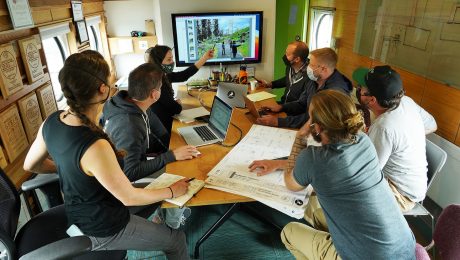


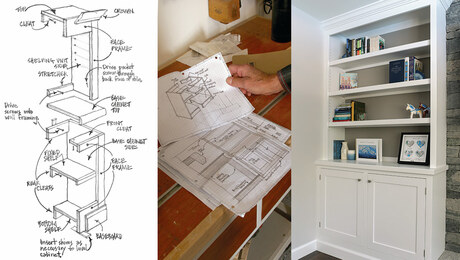












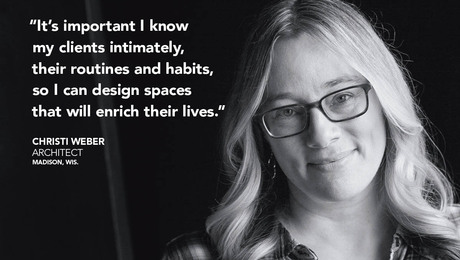
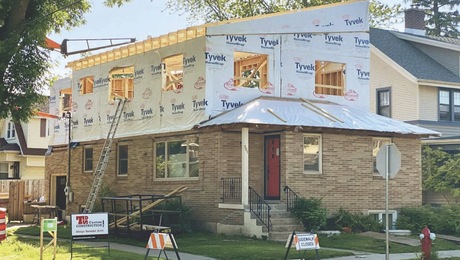

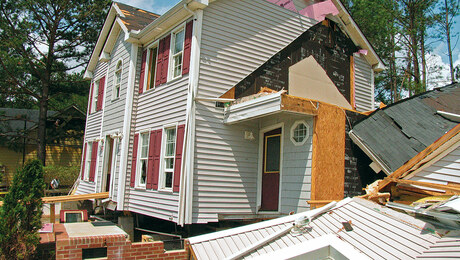



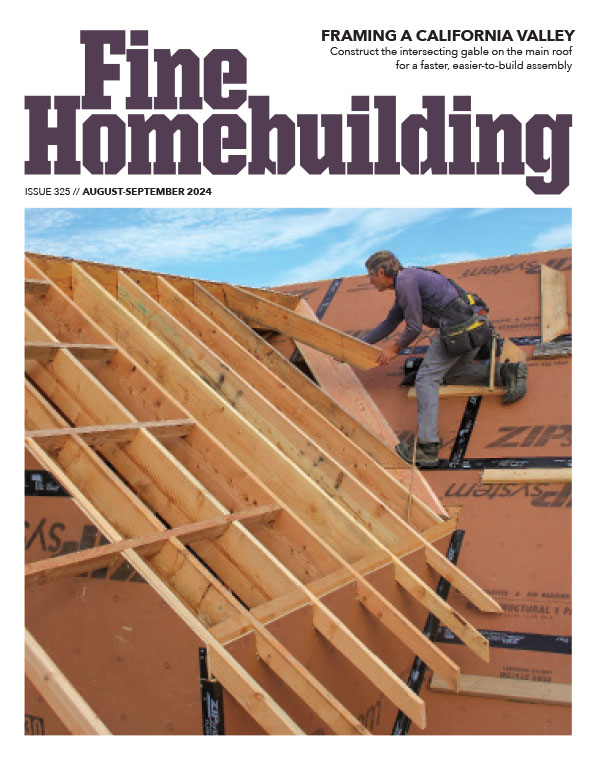


View Comments
Very informative article, I use the same formula with most my clients and all the GC's I work for.